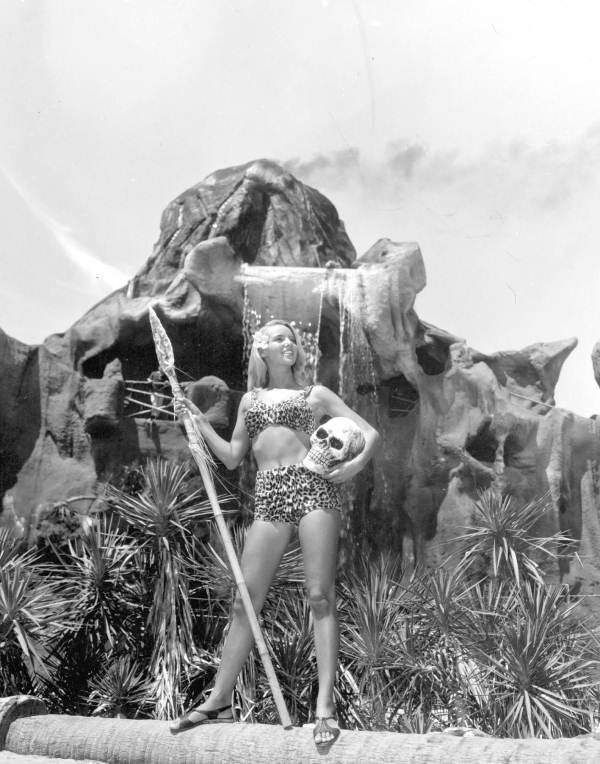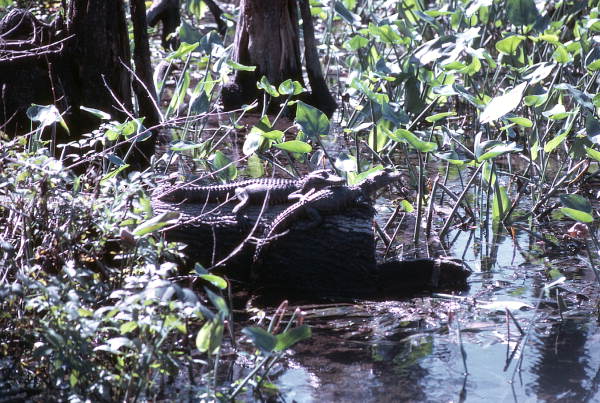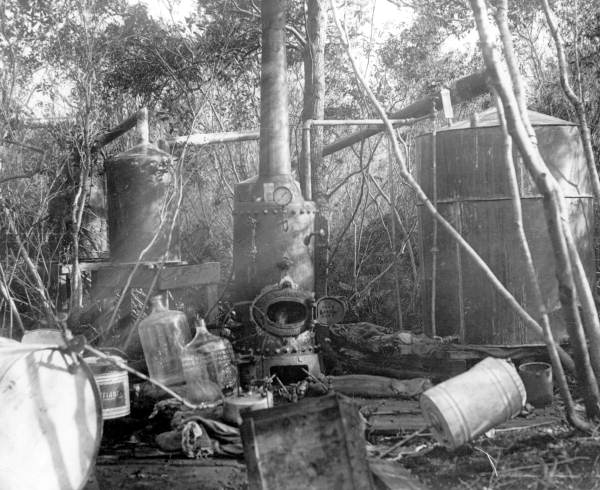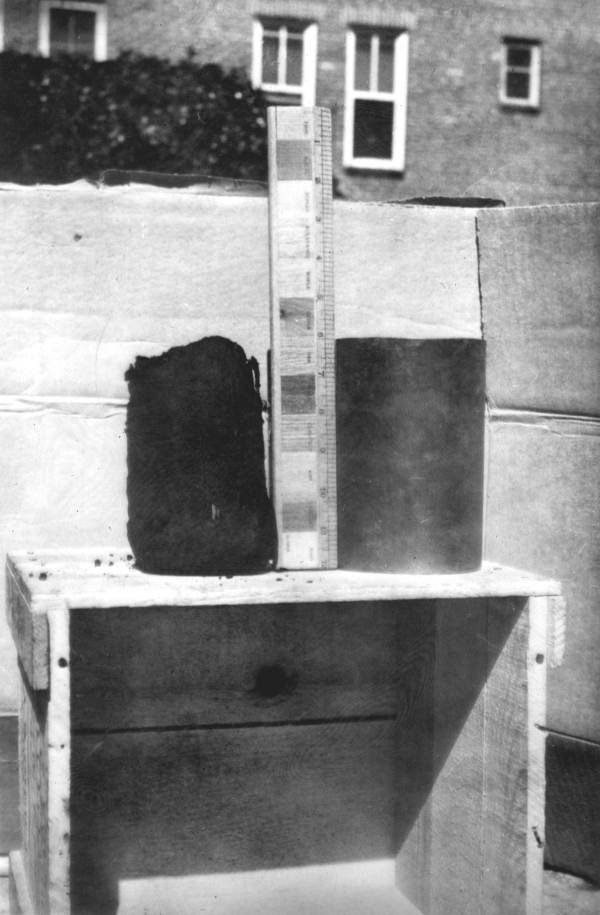Description of previous item
Description of next item
The Wakulla Swamp Volcano
Published November 11, 2014 by Florida Memory
Floridians know their state isn't made up just of sandy beaches. There are swamps, sandhills, prairies, and in some places rolling hills that seem more appropriate in a state farther north. It's nice to have a little variety, of course, but what would you say if we told you Florida once had its very own volcano?
No, not that volcano. A real one, a natural volcano like Mount St. Helens. For generations, people swore they could occasionally see a dark column of smoke rising up out of the forests southeast of Tallahassee. It was too much smoke to come from a single campfire or some industrial process. The smoke was thicker, blacker, more ominous. Folks nicknamed the phenomenon the "Wakulla Volcano," even though some bearings indicated it was located in extreme southern Jefferson County in Township 4 South, Range 3 East, somewhere near what's now known as the "Gum Swamp" section of the St. Marks Wildlife Refuge.
Photo of alligators on a log in Wakulla, 1971. The swamps in southern Wakulla and Jefferson counties are some of the most beautiful, although they can be difficult to access.
Local wisdom has it that stories of the volcano were around even when Native Americans occupied the area. The legend became particularly popular in the late 19th century, when a variety of newspapers and magazines carried stories about the mysterious Wakulla Volcano and its possible explanations. Some said it was some sort of beacon established by pirates. During the Civil War, some believed it might be a signal used by deserters hiding out in the swamps to communicate with the ships of the Union blockade. Moonshiners, hermits, giant pine trees struck by lightning, and Native Americans were all suggested at one time or another as the source of the thick black smoke.
Moonshine stills, like the one in this 1925 photo from Miami, could produce a lot of smoke depending on what was used to fuel the fire. Some believed this explained the mysterious Wakulla Swamp Volcano.
The Wakulla Swamp Volcano seemed to close up shop after the 1886 Charleston Earthquake, which was felt across middle Florida. Some folks assumed whatever geological formation had opened up to produce the smoke had been closed by the shaking of the ground. Others continued looking for answers, even into the 20th century. As scientific knowledge about the geological formation of Florida became more advanced, notions of an actual volcano became less popular. The best explanation State Librarian W.T. Cash could provide when asked about the volcano in the 1930s was that a mass of peat or vegetation must have caught fire and smoldered, creating the smoke. Marshes and peat bogs do occasionally experience this sort of slow, smoldering fire, although for it to continue burning for so long would be unusual.
A core sample of peat taken by the Florida Geological Survey using the brass cylinder on the right, 1944. Peat can become dry and flammable, and some believed this explained the mysterious Wakulla Swamp Volcano.
We may never know what was causing that enigmatic black column of smoke rising above the trees. We can be thankful, however, that whatever it was didn't destroy the forest in that area because St. Marks Wildlife Refuge is a stunning piece of natural Florida territory.
Cite This Article
Chicago Manual of Style
(17th Edition)Florida Memory. "The Wakulla Swamp Volcano." Floridiana, 2014. https://www.floridamemory.com/items/show/295234.
MLA
(9th Edition)Florida Memory. "The Wakulla Swamp Volcano." Floridiana, 2014, https://www.floridamemory.com/items/show/295234. Accessed December 22, 2025.
APA
(7th Edition)Florida Memory. (2014, November 11). The Wakulla Swamp Volcano. Floridiana. Retrieved from https://www.floridamemory.com/items/show/295234

 Listen: The Assorted Selections Program
Listen: The Assorted Selections Program


